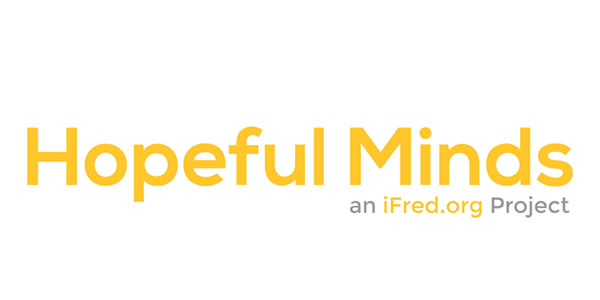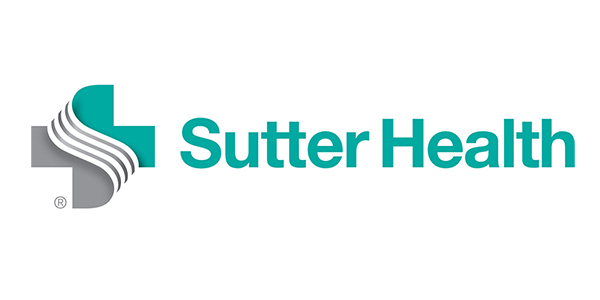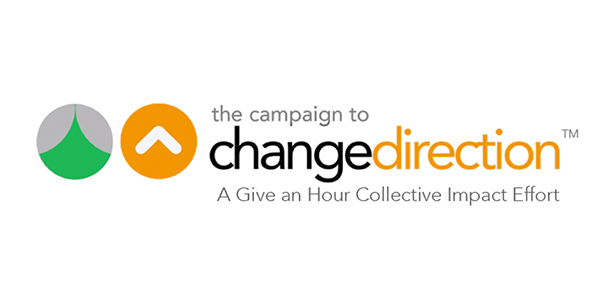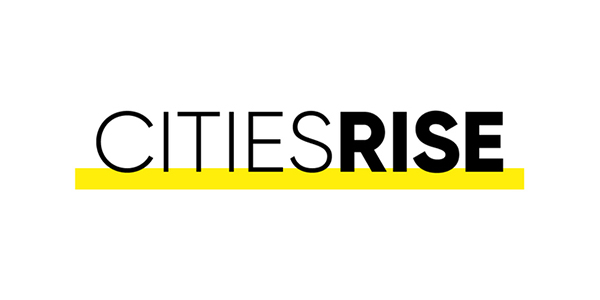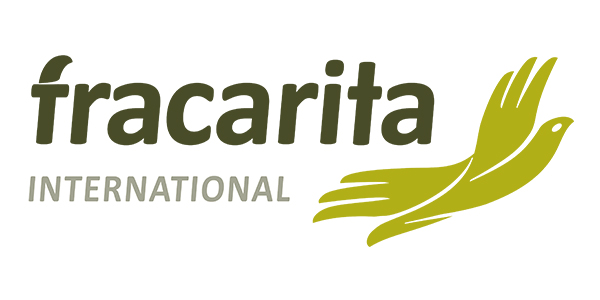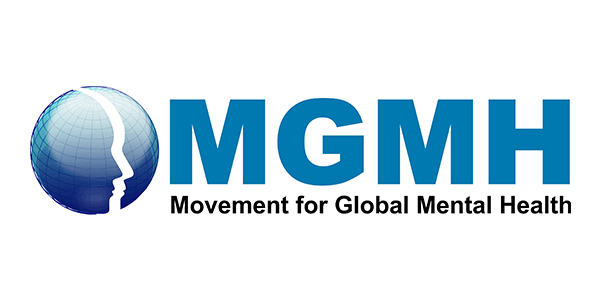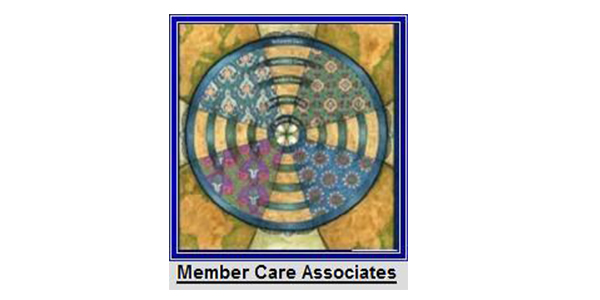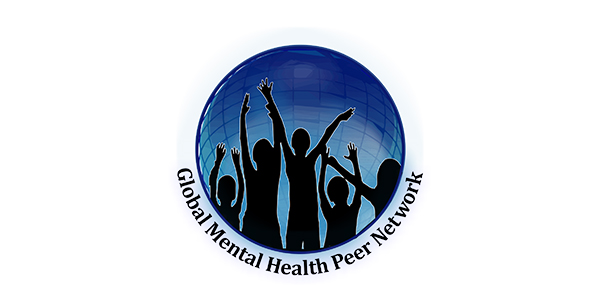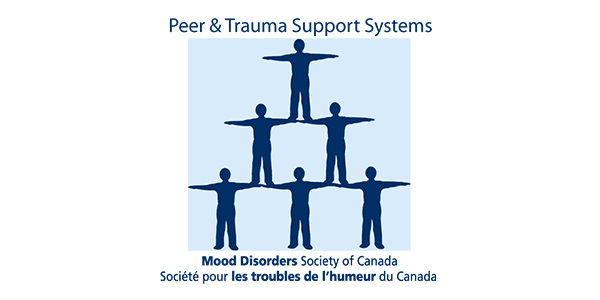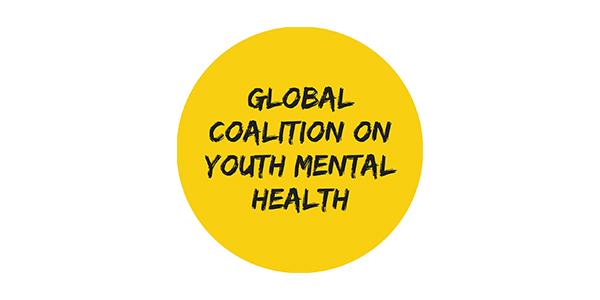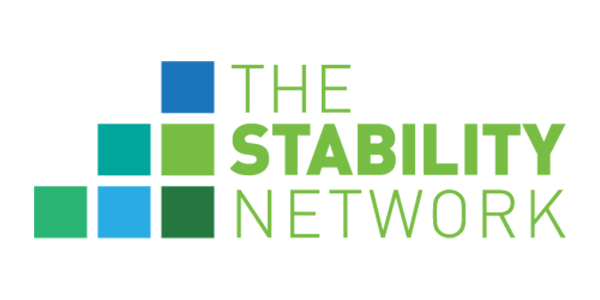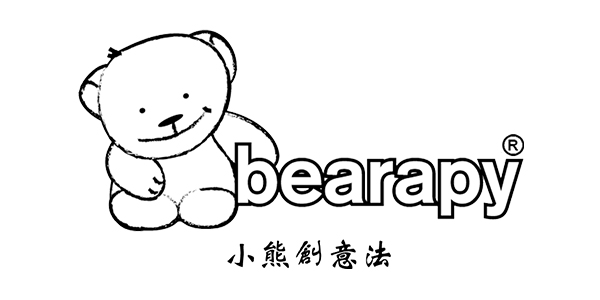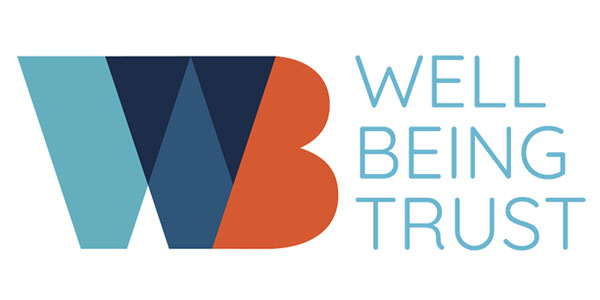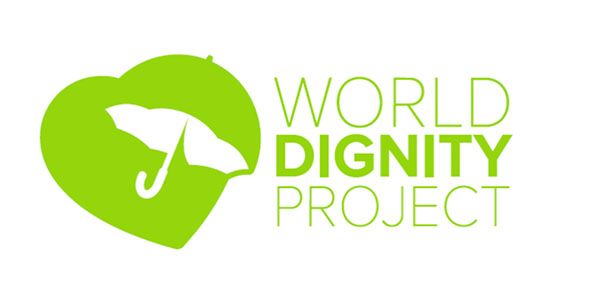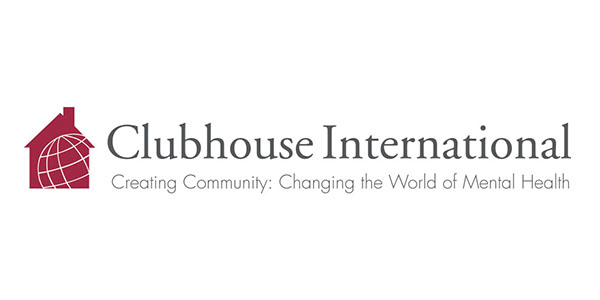
“Keep your face to the sunshine and you cannot see the shadow.
It’s what sunflowers do.”
~Helen Keller
Gardens for Hope is a project that uses the sunflower as a positive symbol of HOPE to help eliminate mental health stigma around the world. Hopelessness is the number one symptom of depression, and a primary predictor in suicide, yet hope is teachable. We ask you to join us in planting sunflowers to raise awareness and honor the millions around the world that struggle, share the work of some of our great partners, and emphasize the need to teach hope. The more we work together to educate people in a positive and hopeful way, with actionable steps for improving outcomes in mental health and share resources available, the better our chances of closing the treatment gap and ending stigma.
Study shows gardening had therapeutic effects for psychiatric patients.
What You Can Do

Sunflowers planted in NY City Hall, thanks to NYC Thrive
1. Plant a garden in your front yard, local community garden, at a local park, at a school, or your church and post our Gardens for Hope Yard Sign, or put in your own logo and create your own with this Gardens For Hope Customizable Yard Sign. Invite and gather groups of people to help in planting hope together. Take a pic of you or your group with your sign, and tag @ifredorg #ChangeDirection #Hope. And if you see gardens out and about, take a pic!
2. Share your message for Hope with the world. What healthy things do you turn to when you are not feeling hope? What one thing can you always count on? Download the ‘What Brings Me Hope’ sign, print it out, and share a pic! Be sure to tag @ifredorg and #ChangeDirection #Hope.
3. Have an event around the planting, or during the year. Can’t plant sunflowers? Create a piece of art in your community, as shown on our Artworks for Hope page.
4. Ask local retailers to support your work in your local community. Have them do a cause marketing
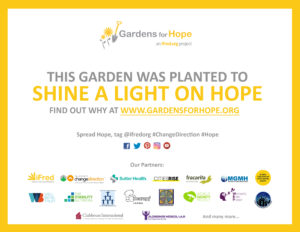
campaign for your nonprofit with sunflower packets or sell the signs to generate funds. Use these gardens to amplify your work.
5. When they bloom, consider a photography contest in your community. Encourage people to get out, and get creative!
6. Harvest the sunflower seeds at the end of the year, and replant them the next year, continuing the cycle of Hope.
7. Start conversations about maintaining mental wellness, the importance of brain health and distribute our brochures to raise awareness and engage your community. For materials, please contact us.

Why the Sunflower

Barbara Van Dahlen – Change Direction
- Sunflowers serve as a symbol of hope for the hundreds of millions around the world that struggle with their mental health, 50% of them untreated.
- Sunflowers are yellow, the color of hope and happiness, mental health when successfully managed.
- Sunflowers grow towards the sunlight with their faces tracking the sun. We need those with depression to seek light instead of responding to the natural instinct of hiding in darkness during a depressive episode.
- Sunflowers have an immediate, positive impact on our moods, in both males and females.
- A universal symbol, if used similarly to the pink ribbon for breast cancer or red dress for heart disease, can serve as a much more hopeful and positive branding icon for mental wellness and hope, and allow charities around the world to unite in image, yet also share their own important work.
- Planting gardens are good for your health. Sunflower seeds are beneficial for brain health. There are many cause marketing avenues for charities to use to raise money for their particular cause.
Our Partners


